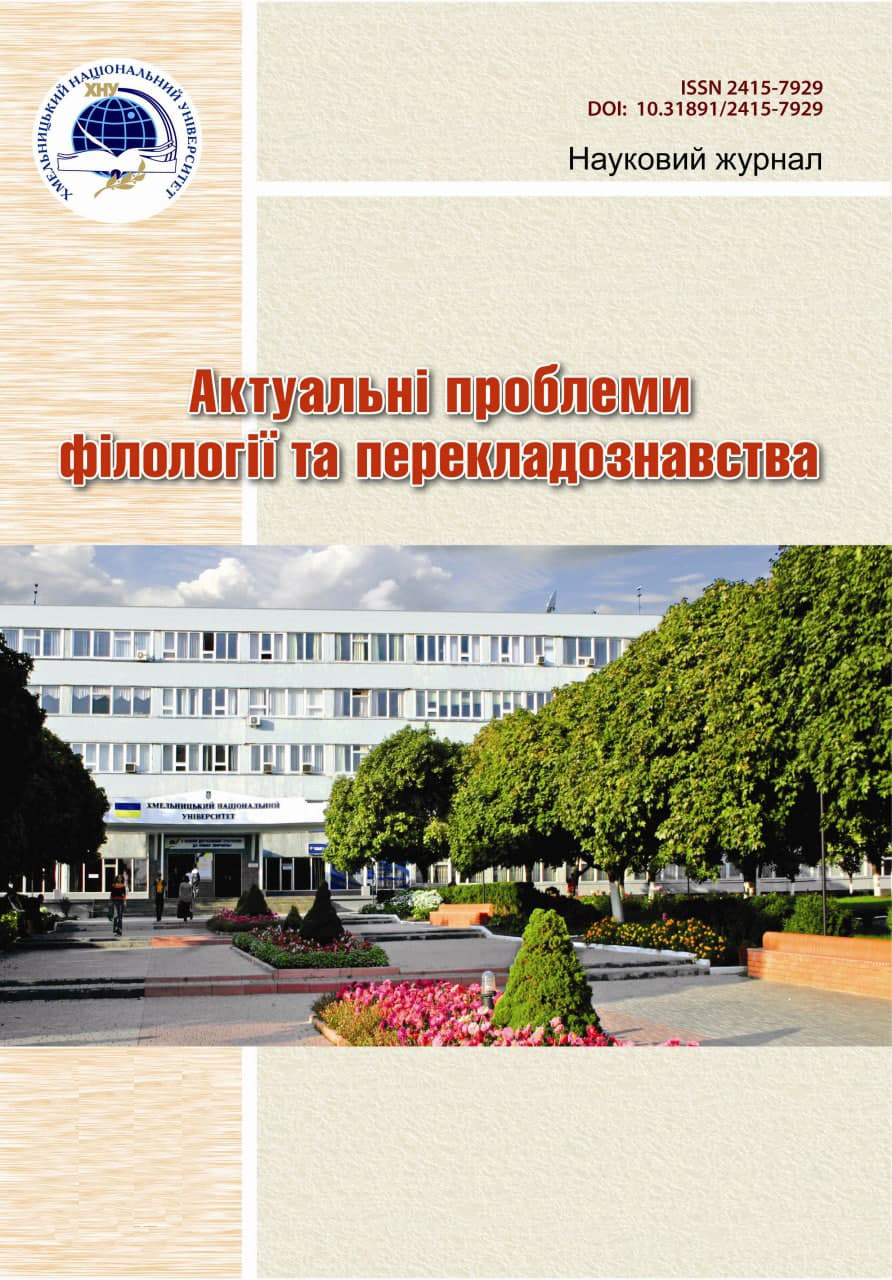THE ENGLISH REPRESENTATION OF ECONOMIC CONCEPTOSPHERE IN THE UKRANIAN TRANSLATION
DOI:
https://doi.org/10.31891/2415-7929-2024-31-1Keywords:
concept, conceptosphere, language representation, conceptual analysis, economic texts, translationAbstract
The article is devoted to the study of the conceptual sphere of economic English-language discourse, namely the translation of linguistic means for representing the concept BRAVERY. The concept is reproduced through the conceptualization and categorization of the world, which depends on the thinking of such behavior of individual people and forms the consciousness of the collective. The study of the semantic fields of the concepts SMILUVIST and BRAVERY indicates a wide range of words and phrases that reflect various aspects of these concepts in English and Ukrainian languages. In the course of research, it was established that the concept SMILUVIST has nationally specific nuances due to differences in the semantic composition of the fields and their intersection with other concepts. The microfields of concepts SMILYVIST and BRAVERY reveal closeness at the level of the main zones, but also reveal a nationally specific feature. In the context of economic discourse, the concept BRAVERY has a special meaning, which helps easier to delve into economic processes and contexts. When translating economic texts, translators use various approaches, including calque translation and the use of contextual words and metaphors, to convey the essence and ideas of the concept in Ukrainian. Based on the research and analysis, conclusions were drawn. It is said that the successful translation of language means for the representation of the concept BRAVERY requires the translator to have broad general knowledge, an understanding of the peculiarities of the economic sphere, current information and expertise in related topics.
Downloads
Published
Issue
Section
License
Copyright (c) 2024 Юлія КУПЧИШИНА (Автор)

This work is licensed under a Creative Commons Attribution-NonCommercial-NoDerivatives 4.0 International License.

